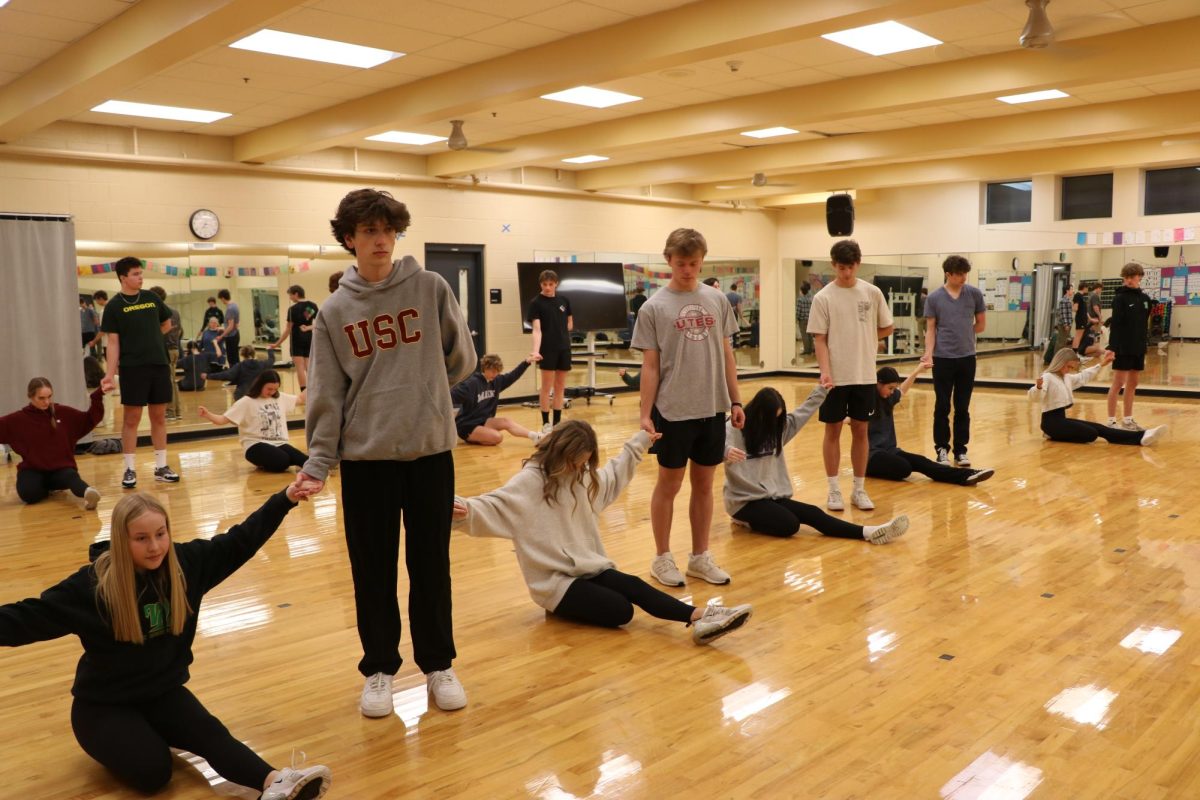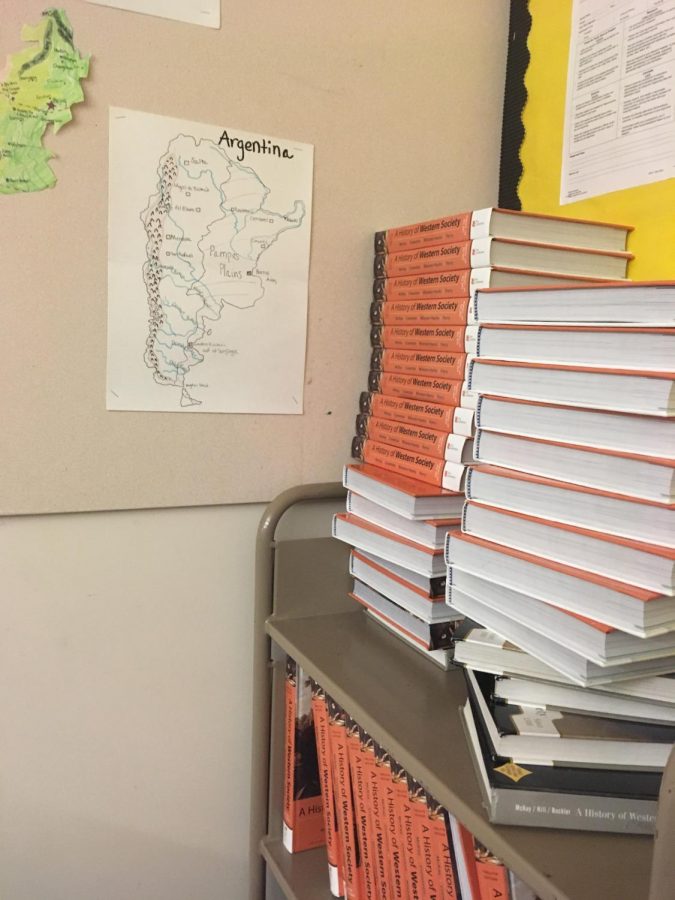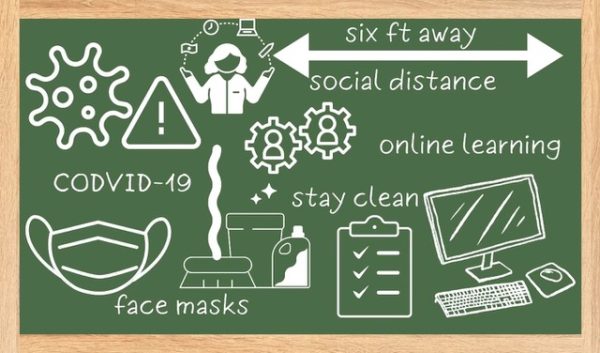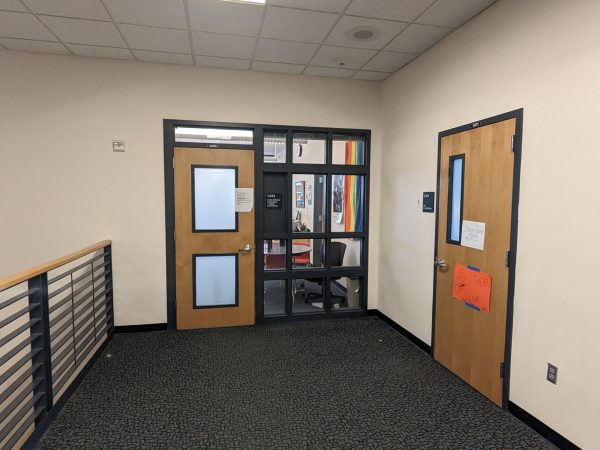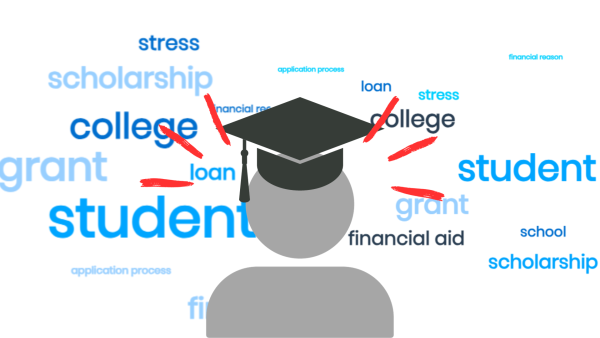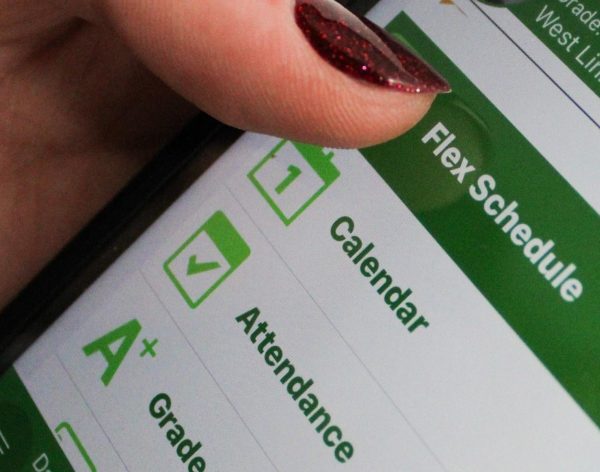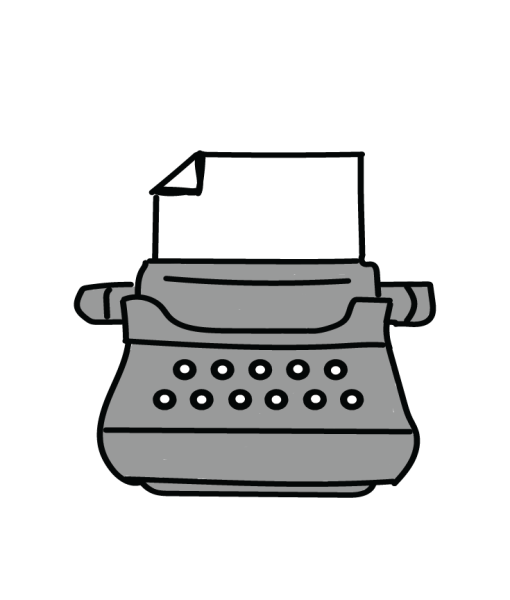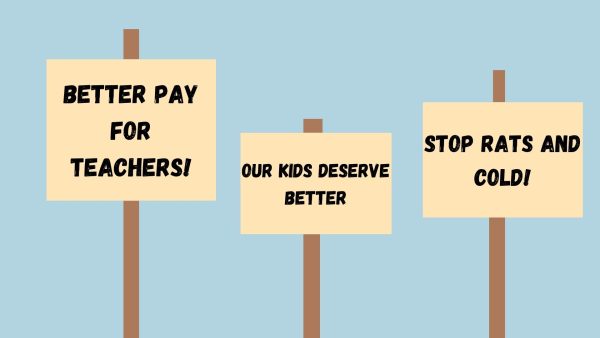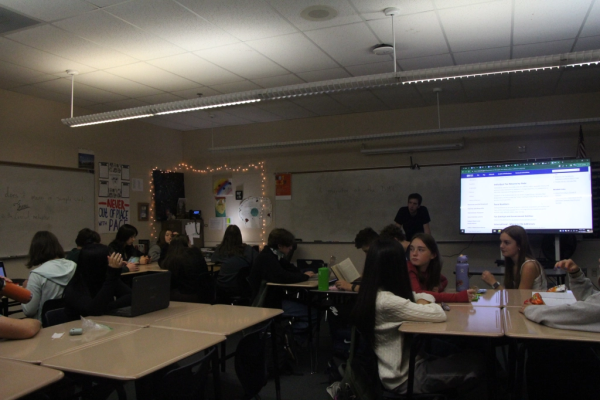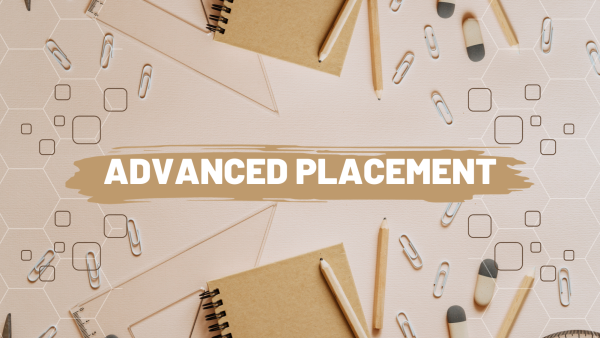Opinions in schools
The required reading of the book “A People’s History of the United States” in high school and college classrooms has caused distress among many individuals. The book was written from a socialist point of view by Howard Zinn. The book aims to tell history from the view of the common people and not the great winners. Zinn received criticism for painting America in a negative light and reporting history from a biased view, leaving out important information to promote his personal views. Many others including Matt Damon defended the social activist saying his work was impactful and told history from the “loser’s” point of view. This controversy begs the question: should individualized opinions be taught in classroom settings, where facts should always prevail?
Hearing different perspectives is essential to sculpting a well-informed opinion on any issue. However, problems arise when students are hearing only one point of view. If schools are going to assign a biased source as required reading they should have to present their pupils with a variety of sources. Many issues and landmarks in history are multi-faceted, having many different factors for the reason things unfolded the way they did. The reality is that the majority of students will not try to seek a more detailed version of the truth, including a variety of sources and perspectives. Because of this, it is likely students will believe one opinion on why things are the way they are. The one they are being taught in school. This is an issue because the opinions the students form about the world around them will likely be carried into adulthood and impact important decisions such as voting or even career choices. Drawing from just one source is incredibly detrimental to anyone’s critical thinking skills.
Therefore, there is nothing inherently wrong in learning biased perspectives in school. They can give better insight into different points of views. However, there must be a wide range of biases to learn from. For example, if a very left-leaning book such as Zinn’s “A People’s History of the United States,” a more conservative, pro-American perspective should also be assigned. A perfect supplement to the assigned reading of Zinn’s history would be Larry Schweikart’s “A Patriot’s History of the United States.” The book also received criticism for bending history to advance an agenda. The book was written to shed the United States in a favorable light. While it should not be taught alone, it should be required reading if a teacher is going to make his students to read a book that portrays America as an oppressive environment, in order to also share a history that highlights the great successes of the country. Teaching biased histories this way leads students to form an opinion on their country based on multiple arguments and facts one book chose to include and another chose to leave out.
Due to the great political divide in American currently, many citizens are in echo chambers. People are always obtaining news and facts from their desired source, whether it’s their parents, channels, or influencers or all of the above. School is a place that can shape the opinions of students forever, and if students are only being taught one perspective, there is a likelihood it will also determine who and what they listen to for a long time and possibly the rest of their lives, creating a new echo chamber. Schools should not set the precedent of drawing facts from just one source and teaching one-sided history.
Your donation will support the student journalists of West Linn High School. Your contribution will allow us to continue to produce quality content by purchasing equipment, software, and continuing to host our website on School Newspapers Online (SNO).

At the age of six, Gavin Turner, sophomore, was telling tales of woolly mammoths and saber tooth tigers to his grandmother. It was just the beginning...

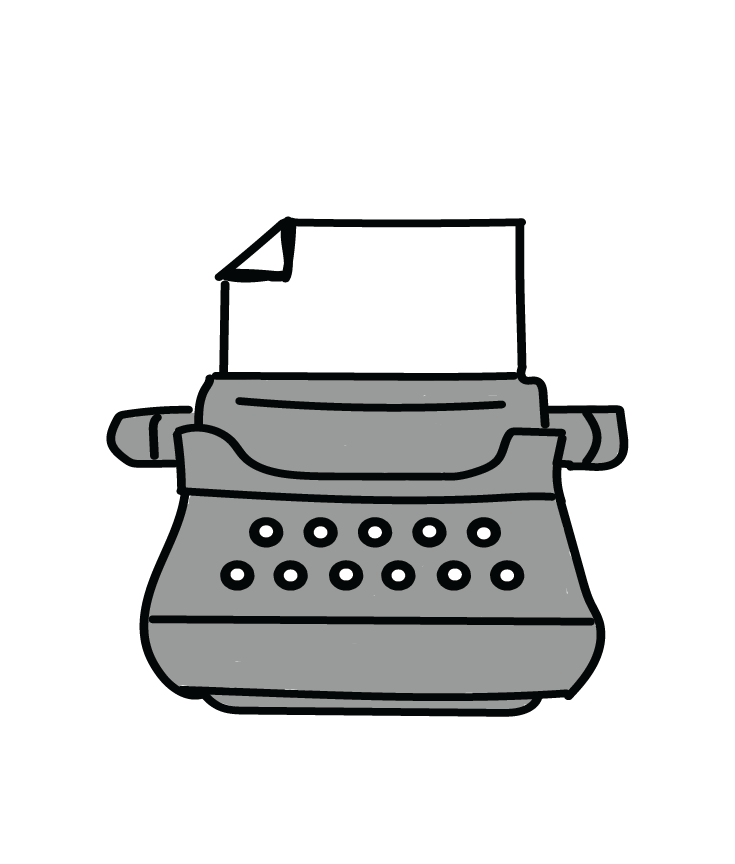
























![Game, set, and match. Corbin Atchley, sophomore, high fives Sanam Sidhu, freshman, after a rally with other club members. “I just joined [the club],” Sidhu said. “[I heard about it] on Instagram, they always post about it, I’ve been wanting to come. My parents used to play [net sports] too and they taught us, and then I learned from my brother.”](https://wlhsnow.com/wp-content/uploads/2024/03/MG_7715-2-1200x800.jpg)





![The teams prepare to start another play with just a few minutes left in the first half. The Lions were in the lead at halftime with a score of 27-0. At half time, the team went back to the locker rooms. “[We ate] orange slices,” Malos said. “[Then] our team came out and got the win.”](https://wlhsnow.com/wp-content/uploads/2023/10/IMG_2385-1200x800.jpg)





![At the bottom of the third inning, the Lions are still scoreless. Rowe stands at home plate, preparing to bat, while Vandenbrink stands off to the side as the next batter up. Despite having the bases loaded, the team was unable to score any runs. “It’s just the beginning of the season. We’re just going to be playing out best by June, [and] that’s where champions are,” Rowe said.](https://wlhsnow.com/wp-content/uploads/2024/03/IMG_3077-1200x900.jpg)








